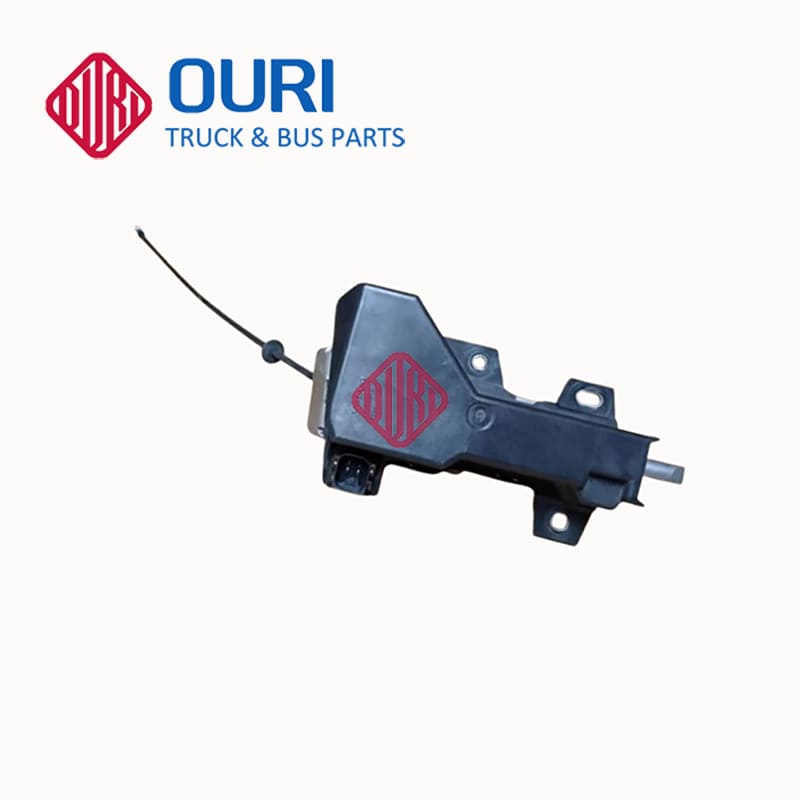For operators of premium heavy-duty trucks,a common question arises: What ensures long-term reliability for critical engine components? High-end heavy-duty engines face harsh conditions, including long-haul loads, extreme temperatures, and non-stop operation. Below, we answer core questions about guaranteeing this reliability for premium heavy-duty use.
Why does raw material selection matter for Engine System durability?
Many operators overlook raw materials, yet they form the first line of defense for durability.
Premium heavy-duty engines need materials that resist wear, high pressure, and temperature fluctuations—think metal parts for cylinders or heat-resistant seals. Subpar materials, such as low-strength alloys or low-quality gaskets, cause components to degrade faster, leading to leaks or cracks that halt operations.
To avoid this, the material sourcing process must include two key steps: benchmark compliance (selecting materials that meet industry standards for strength and heat resistance) and pre-production inspection (testing batches to filter out inferior inputs). This builds a durable foundation that can handle the stress of heavy-duty use.
How does standardized production prevent Engine System failures?
Manufacturing inconsistency is a hidden threat to durability—and a top worry for premium truck operators.
Even small deviations, like imprecise machining of piston rings or incorrect torque during assembly, create gaps or friction points. Over time, these flaws wear down components. For high-end trucks that run thousands of hours yearly, minor issues quickly escalate into major failures.
Standardized production solves this by two methods: following global quality certifications like ISO (ensuring every step adheres to proven protocols) and documenting all operations (monitoring machining, assembly, and testing to avoid errors). This consistency ensures every unit performs uniformly, with no “hit-or-miss” reliability.
Why is laboratory testing necessary before an Engine System is put into use?
Many operators wonder: “Can’t we just test it on real trucks?” But laboratory testing is irreplaceable for verifying durability.
Real-world testing takes too long and can’t replicate all extreme scenarios—such as sudden winter temperature drops or constant full-load operation. Laboratory tests, by contrast, simulate these conditions in a controlled way. They mimic long-haul loads, frequent start-stops, and extreme heat or cold to measure key indicators: how well parts resist fatigue, whether seals stay intact under pressure, and overall long-term stability.
Only units that pass these tests are ready for premium heavy-duty use. They’ve proven they can withstand years of harsh conditions without failing, cutting the risk of unexpected breakdowns on the road.
Conclusion
For premium heavy-duty truck operators, ensuring the durability of the vehicle’s core power unit isn’t complicated—it relies on three core steps: careful raw material selection, standardized production, and rigorous laboratory testing. Each step addresses a key pain point—material weaknesses, manufacturing inconsistencies, unproven performance—that could harm reliability. Focusing on these areas ensures the power unit meets the demands of high-end heavy-duty operations.
If you’re seeking an Engine System that aligns with the durability principles outlined above—from material sourcing to laboratory validation—you can visit the Engine System product page to explore specific adaptation solutions and technical details tailored to premium heavy-duty truck models.

 Aug 28 , 2025
Aug 28 , 2025


